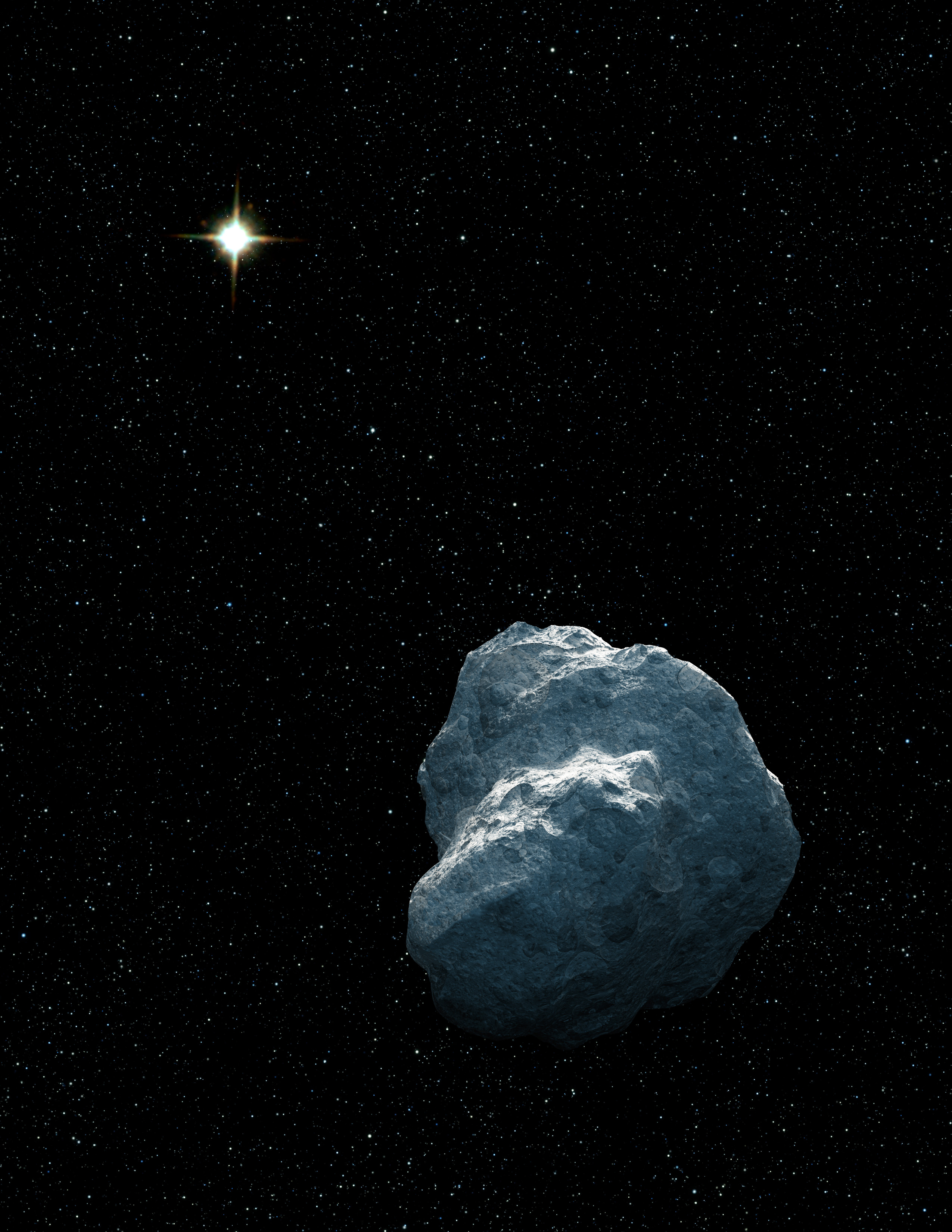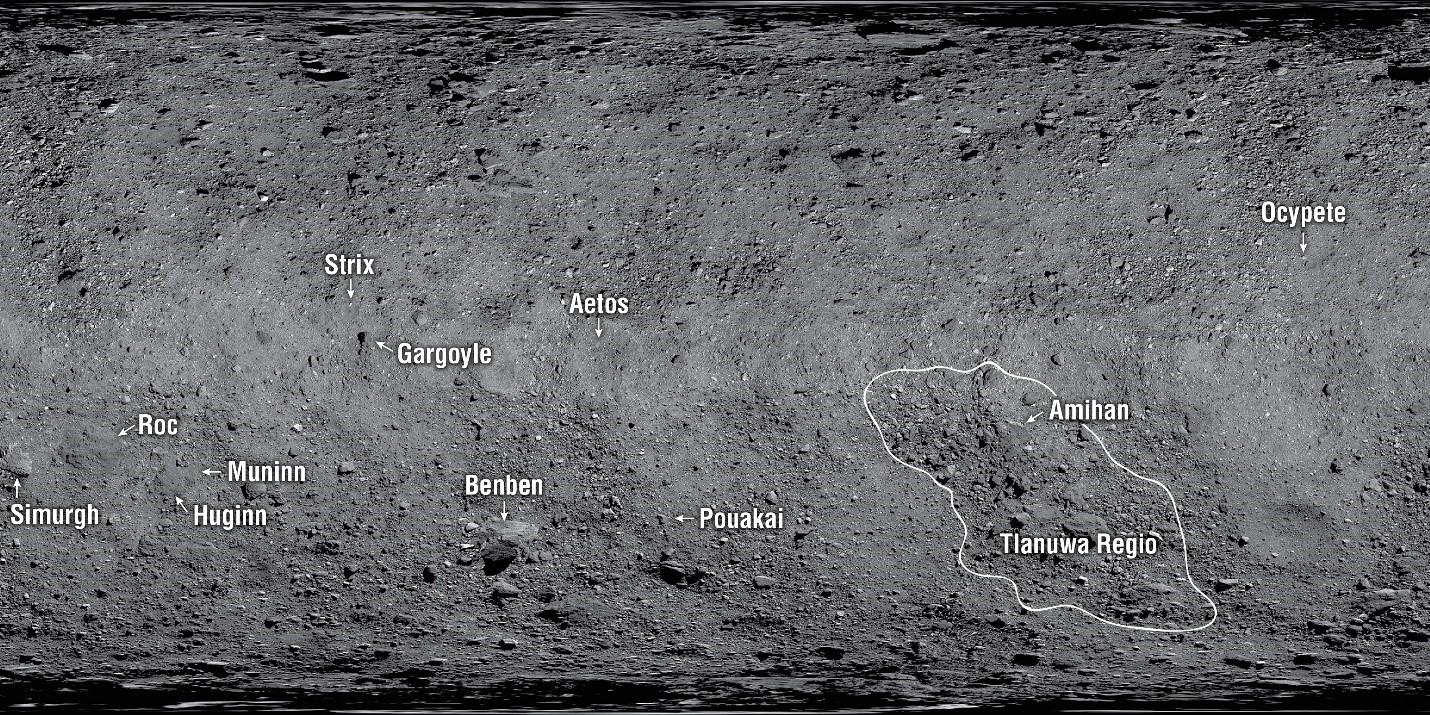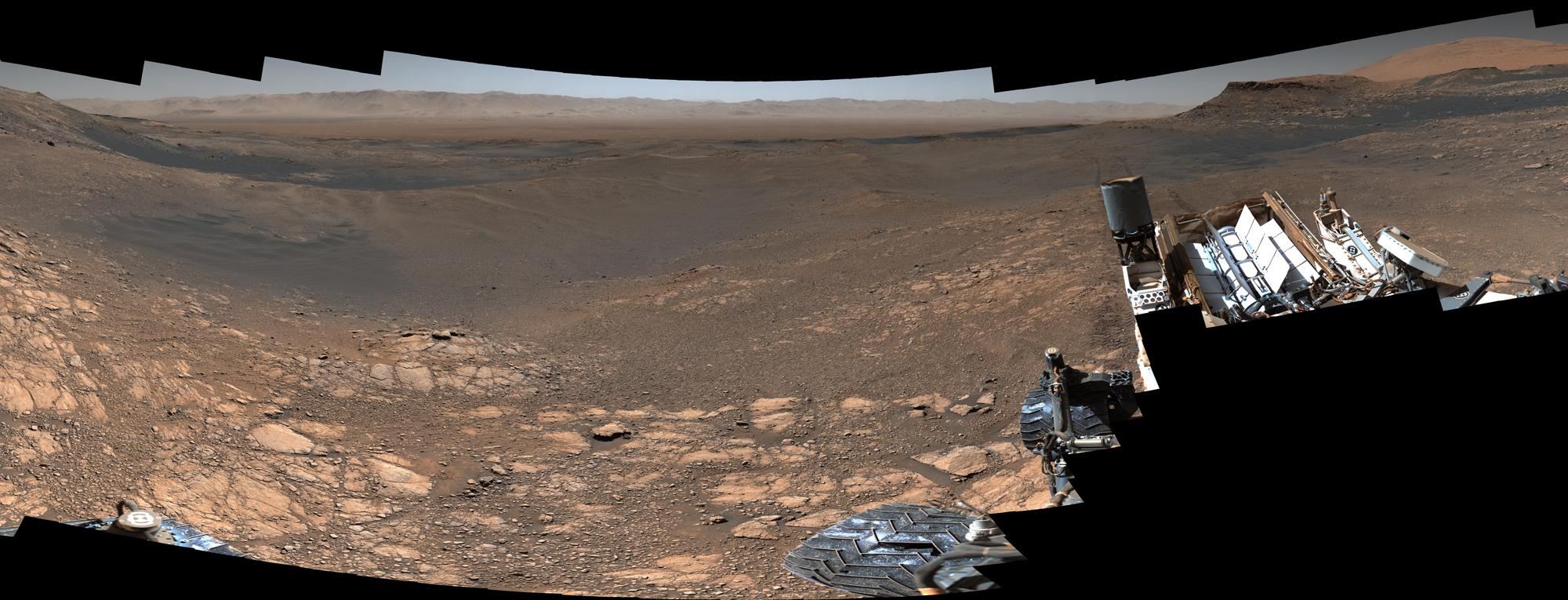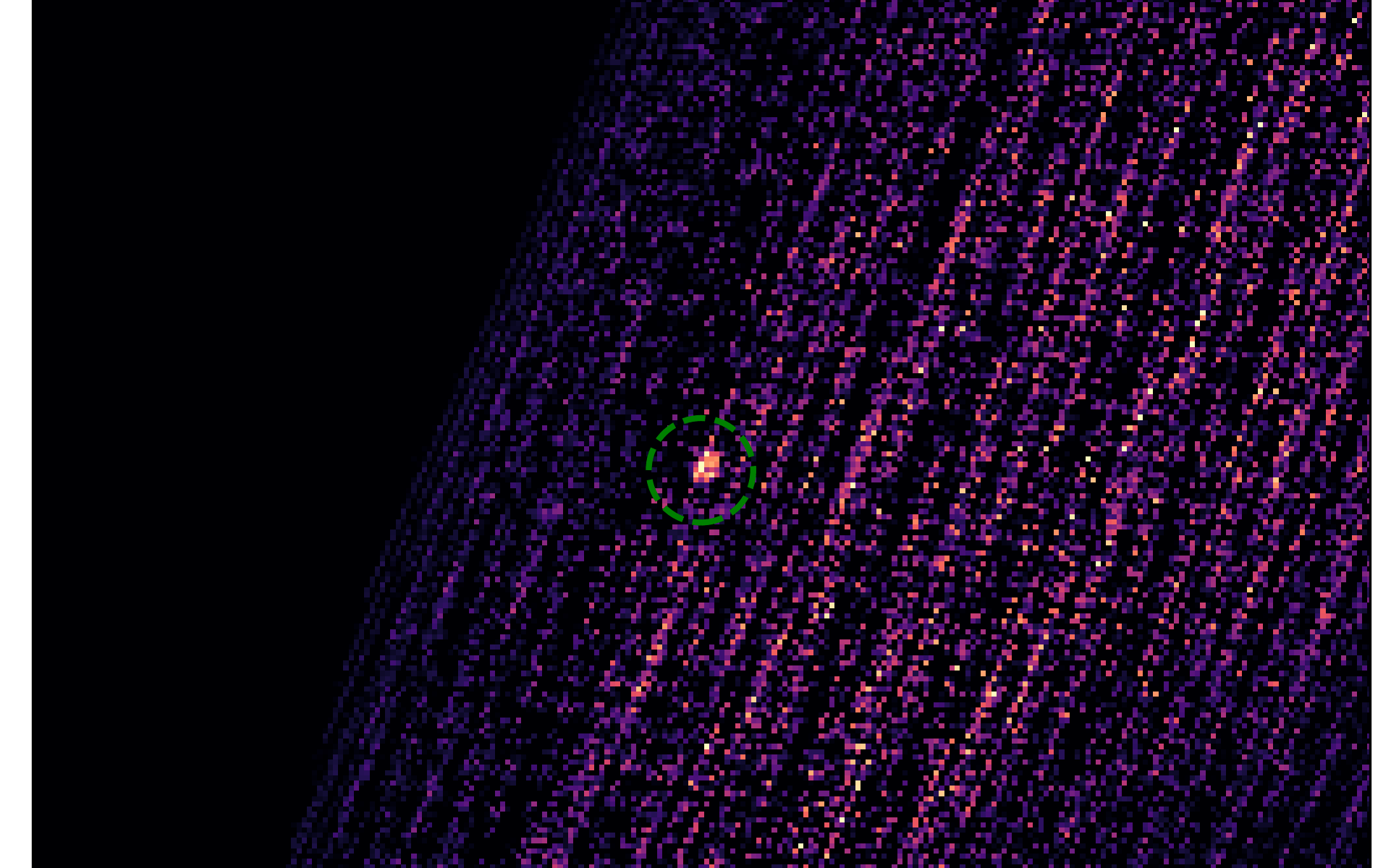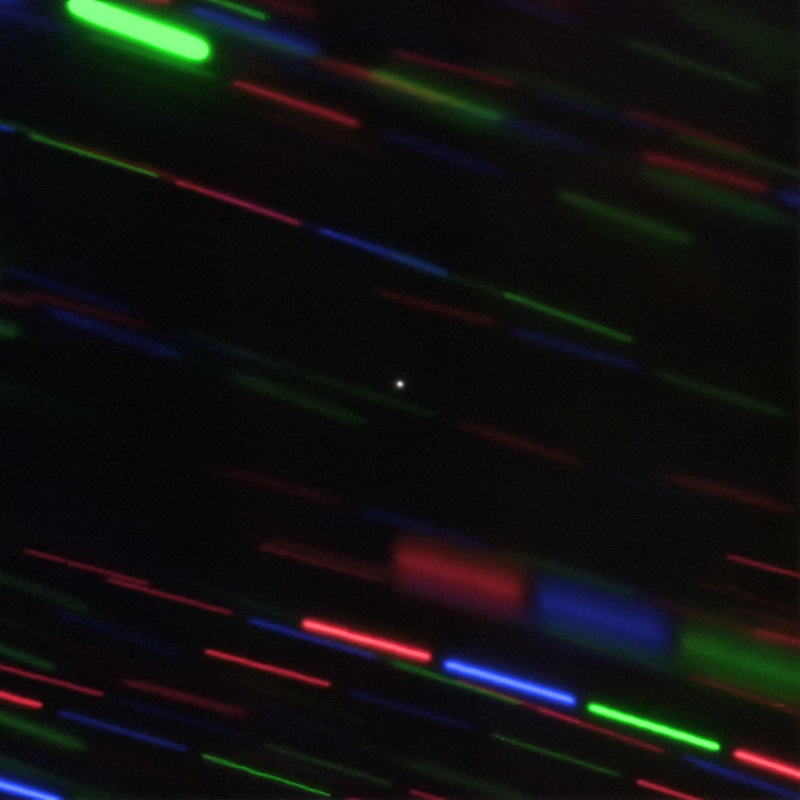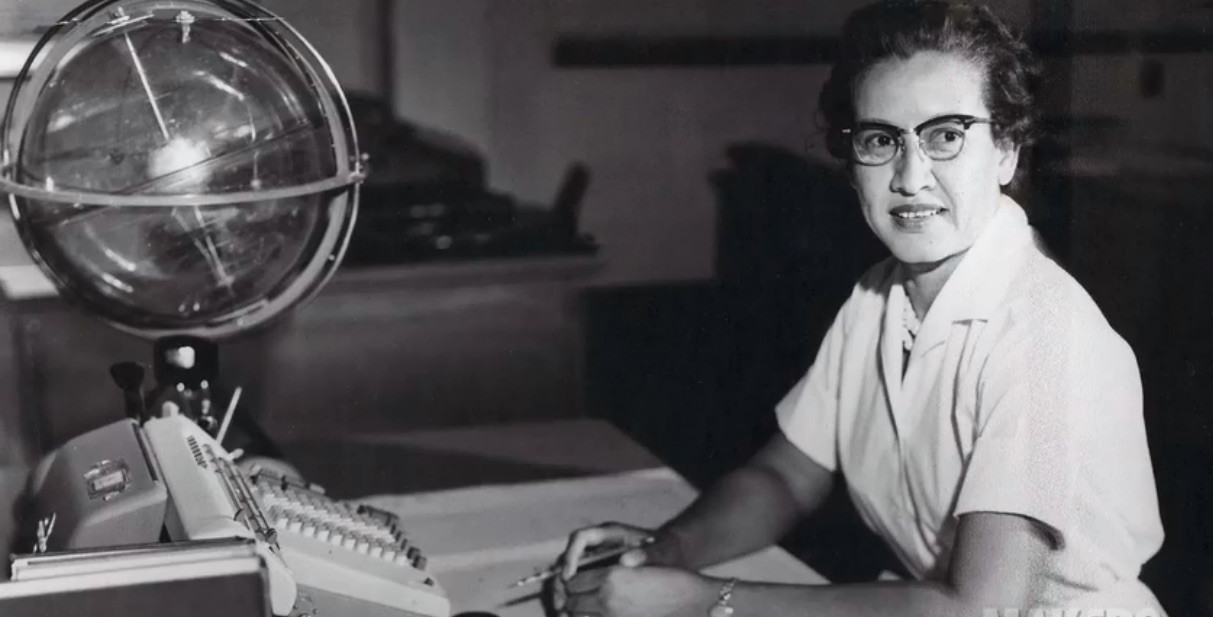Hey Pluto, Sedna, Haumea, Makemake Et al.: You’ve got company!
While searching for distant galaxies and supernovae, the Dark Energy Survey’s powerful 570-megapixel digital camera spotted a few other moving “dots” in its field of view. Turns out, the DES has found more than 100 previously unknown trans-Neptunian objects (TNOs), minor planets located in Kuiper Belt of our Solar System.
A new paper describes how the researchers connected the moving dots to find the new TNOs, and also says this new approach could help look for the hypothetical Planet Nine and other undiscovered worlds.
Guess you never know what you’ll find once you start looking!
Continue reading “Over a Hundred New Large Objects Found in the Kuiper Belt”
